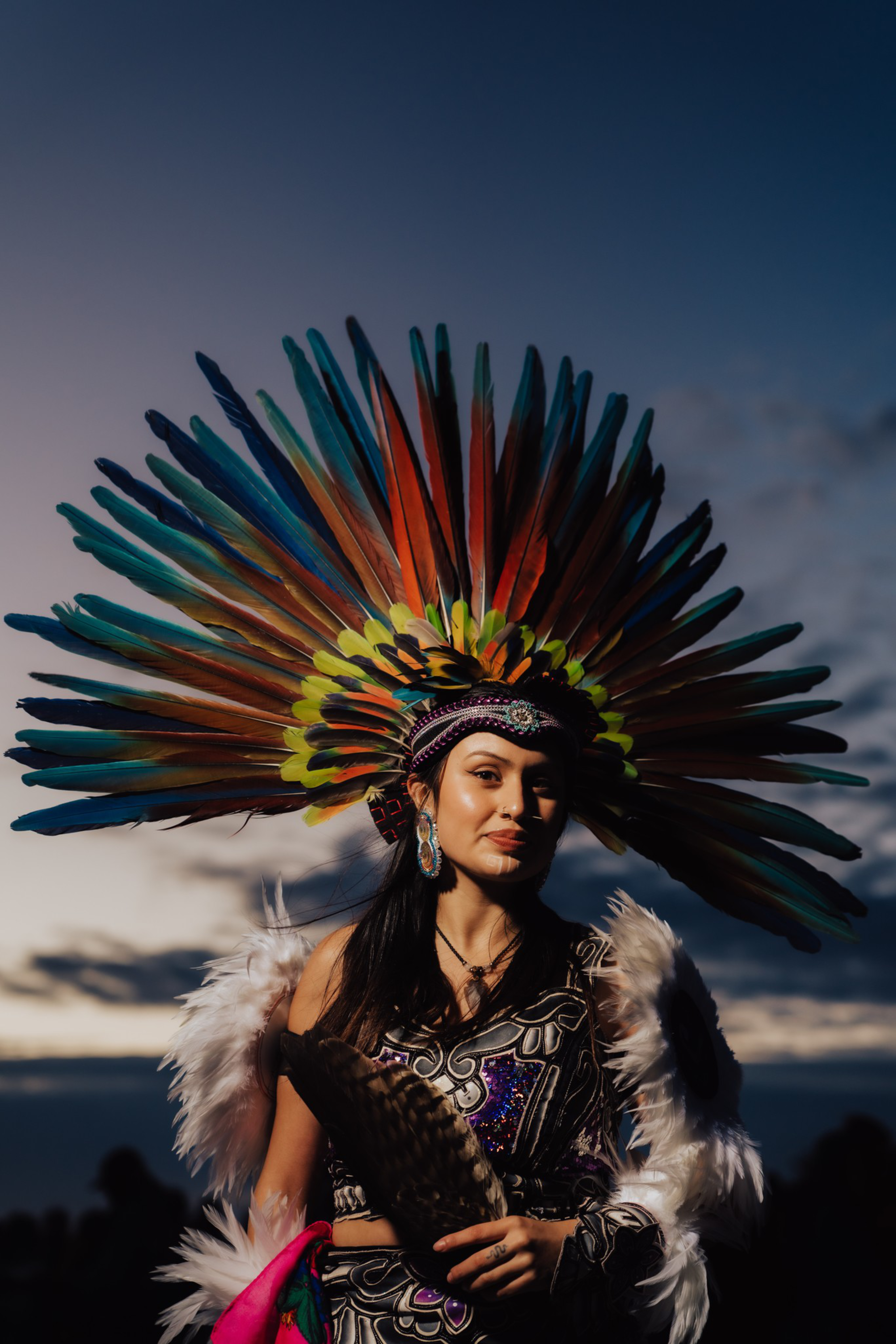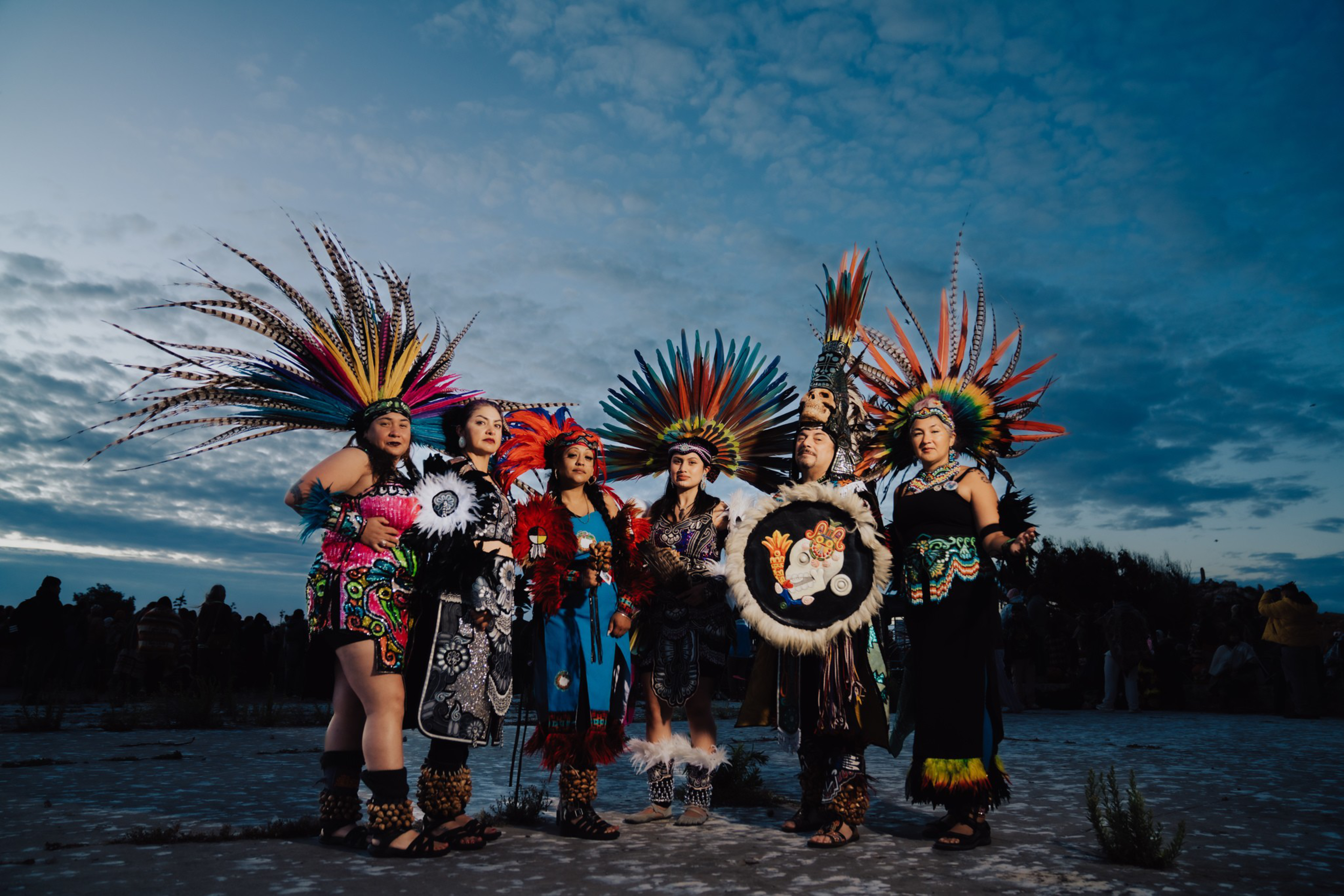In the subtle predawn twilight over the San Francisco Bay, Alcatraz became sacred ground.
During the 46th Annual Indigenous Peoples Day Sunrise Gathering on Monday, I began a photographic portrait series to capture scenes in this living sanctuary, documenting Indigenous people in traditional regalia as they gathered in ceremony, dance, and prayer on the ancestral lands of the Yelamu, a local tribe of the Ohlone people.
The island — once a site of confinement — was transformed by drumbeats, song, and the faint shimmer of light peeking over the horizon.
For them, this is a day of resistance, remembrance, and return.



Across the Americas and beyond, Native people came together as one on Indigenous People’s Day, offering footsteps as prayers, honoring ancestors, and affirming their truth: That this is Native land. That they are not gone. That they are not relics. That they have always been here.
“Danza es vida,” one dancer told me. “We dance for our ancestors and for our people.”


“I’m my grandma’s dreams,” said another, glowing in the first light of dawn.
Here, history was not confined to textbooks or monuments, but breathed through each step and song.
The annual ceremony on Alcatraz, organized by the International Indian Treaty Council, serves to honor the 19-month occupation of the island by Native American activists, which began in November 1969, as well as to highlight the ongoing struggles to protect sacred lands and celebrate a cultural history that spans thousands of years.
“I’m here today to surround myself in loving community,” one participant shared. “To remember why I am, and why we are.”
This year’s celebration held particular significance amidst the renewed efforts by the Trump Administration to reopen Alcatraz as a federal prison, an idea firmly opposed by the International Indian Treaty Council. But the chants rising over the island weren’t just a remembrance; they were a declaration of life. A call echoing through the past and resounding into the future.





Nikki Skinaway spoke words that stayed with me: “I came here to honor the ancestors and let the colonized world know we are still here. Our footsteps are prayers for all Indigenous peoples.”
These portraits are my offerings of presence. They carry memory, spirit, and resistance. As the sun rose, so did the truth: That those who came before are still here. Always have been. Always will be.
